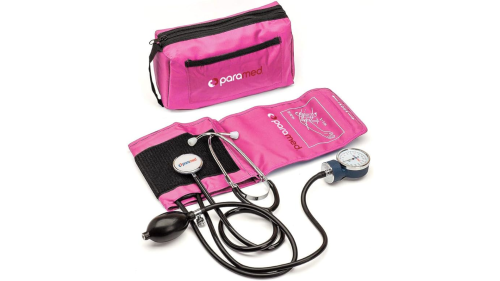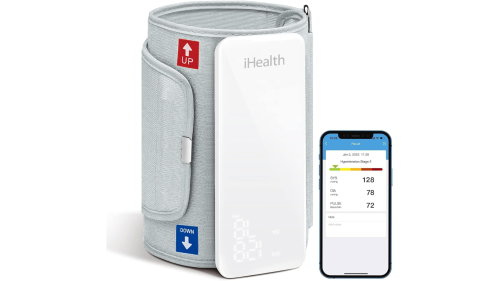Bell’s palsy and stroke symptoms can sometimes resemble each other, but the two couldn’t be more different. As a paramedic, it’s important to be able to differentiate between the two while assessing a patient.
[Read next: When a stroke is not a stroke: A case study]
Here’s a breakdown of differences in Bell’s palsy and stroke symptoms and prehospital care differences.
What is Bell’s palsy?
Bell’s palsy, according to the National Institute of Neurological Disorders and Stroke, is a form of temporary facial paralysis. When a patient is suffering from Bell’s palsy, the facial nerve becomes disrupted and an interruption in messages to the brain results in facial weakness or paralysis.
The disorder, NINDS notes, isn’t related to stroke. It is, however, the most common cause of facial paralysis. In rare cases, Bell’s palsy can affect both sides of the face. Most often, it affects only one side of the face.
And for those who are wondering – Bell’s palsy was named after Sir Charles Bell, a Scottish surgeon who made the connection to the condition.
What is a stroke?
A stroke, according to the American Stroke Association, occurs when a clot blocks a blood vessel that’s carrying oxygen and nutrients to the brain. As a result, the brain can’t get blood and oxygen and brain cells die.
There are two types of stroke:
1. Ischemic stroke: when a clot obstructs the flow of blood to the brain.
2. Hemorrhagic stroke: when a blood vessel ruptures, preventing blood flow to the brain.
A temporary clot causes transient ischemic attack (TIA), also known as a mini-stroke.
Stroke, ASA notes, is the number five cause of death and leading cause of disability in the U.S.
Differences in symptoms
Symptoms of Bell’s palsy vary depending on the case; they also range in severity from mild weakness to total paralysis.
Prehospital care treatment of Bell’s palsy vs. stroke
Once you’ve made your assessment on whether or not your patient is suffering from Bell’s palsy or stroke, your next step is to provide proper prehospital treatment.
Prehospital treatment for stroke and Bell’s palsy victims includes:
Additionally, the COWS mnemonic can be used for examining a possible Bell’s palsy patient:
- C: Close eyes
- O: Open eyes
- W: Wrinkle forehead
- S: Smile
And, if you’re still unsure about a patient’s assessment, ask your patient to raise their eyebrows. If a patient has Bell’s palsy, their eyebrows will rise asymmetrically.
This article was originally posted Sept. 26, 2017. It has been updated.





















